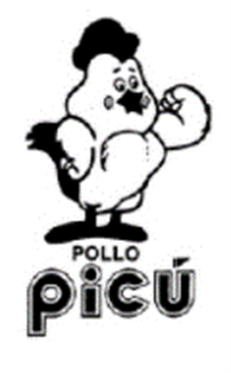The US Court of Appeals for the Federal Circuit reversed and remanded a grant of summary judgment on a false advertising claim, concluding that a cause of action under Section 43(a) of the Lanham Act can arise when a party falsely claims to hold a patent on a product feature and advertises that feature in a misleading way. Crocs, Inc. v. Effervescent, Inc., Case No. 2022-2160 (Fed. Cir. Oct. 3, 2024) (Reyna, Cunningham, JJ.; Albright, District J., sitting by designation).
Crocs, the well-known maker of molded foam footwear, sued several competitor shoe distributors for patent infringement in 2006. The case was stayed pending an action before the International Trade Commission but resumed in 2012 when Croc added competitor U.S.A. Dawgs as a defendant to the district court litigation. The case was stayed twice more, from 2012 to 2016 and 2018 to 2020. In between those stays, in May 2016, Dawgs filed a counterclaim against Crocs and 18 of its current and former officers and directors, alleging false advertising violations of Section 43(a) of the Lanham Act. 15 U.S.C. § 1125(a). The individual defendants were later dismissed from the action.
Dawgs claimed that Crocs deceived consumers and damaged its competitors by falsely describing its molded footwear material, which it calls “Croslite,” as “patented,” “proprietary,” and “exclusive.” Dawgs alleged that it was damaged by Crocs’ false advertisements and commercial misrepresentations because Crocs suggested that its competitors’ footwear material was inferior. Croslite is in fact not patented, as Crocs conceded.
Crocs argued in its motion for summary judgment that Dawgs failed as a matter of law to state a cause of action under Section 43(a) because the alleged advertising statements were directed to a false designation of authorship of the shoe products and not to their nature, characteristics, or qualities, as Section 43(a)(1)(B) requires. The district court agreed. Applying the Supreme Court’s 2003 decision in Dastar Corp. v. Twentieth Century Fox Film Corp. and the Federal Circuit’s 2009 decision in Baden Sports, Inc. v. Molten USA, Inc., the district court granted summary judgment to Crocs. It reasoned that falsely claiming to have “patented” something is similar to a false claim of authorship or inventorship, not to the types of false advertising prohibited by the Lanham Act. Dawgs appealed.
Dawgs argued that the district court’s application of Dastar and Baden to the circumstances of its case was inapposite, and the Federal Circuit agreed. In Dastar, the petitioner copied a television series in the public domain, made minor changes, and sold it as a video set, passing it off as its own. The Supreme Court held that a false claim of authorship does not give rise to a cause of action under the Lanham Act. Similarly, in Baden, the Federal Circuit found that a basketball manufacturer’s false suggestion that it was the author of the “innovative” “dual-cushion technology” in its basketballs did not give rise to a false advertising claim under the Lanham Act.
In this case, however, the Federal Circuit reasoned that Croc’s false [...]
Continue Reading
read more

 Subscribe
Subscribe



